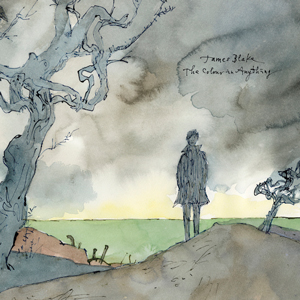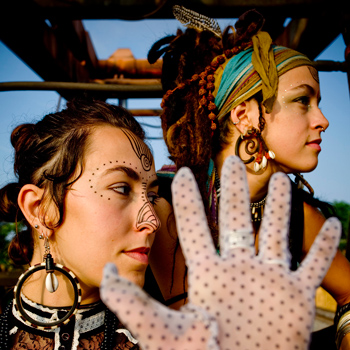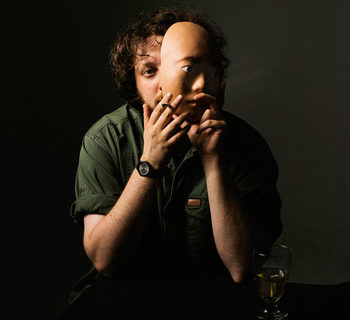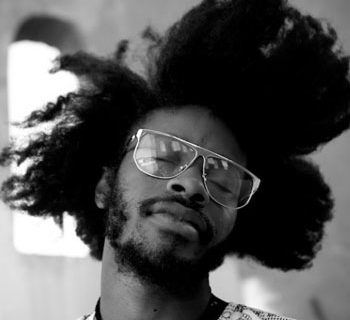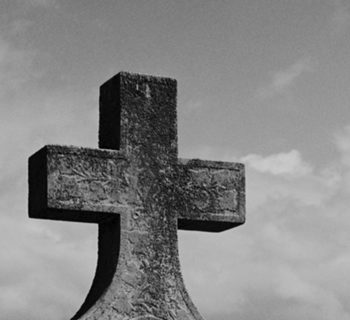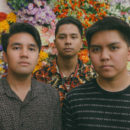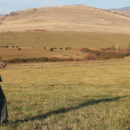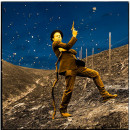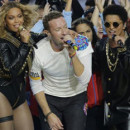Music evokes emotions beyond explanation. However, far more difficult to find are albums that contain songs both emotionally powerful yet artfully innovative at the same time. The Colour In Anything by James Blake is one of these, stirring your soul with a mix of R&B, gospel, electronica, art music, and pop.
James Blake has always gone beyond what is expected of a pop or R&B artist. His haunting, smooth, baritone voice combined with pre-recorded effects, synthesizers, and altered timbres have become a part of his iconic sound.
However, the sound we have come to know and love from Blake has evolved significantly since his breakout 2013 album, Overgrown. While many of the pre-recorded sounds, altered timbres, and synthesizers can be heard on The Colour of Anything, it does not have the modernistic, progressive R&B vibe of Overgrown. Instead, Blake’s music showcases how pop can be just as innovative as rock music—even classical.
Two tracks on The Colour In Anything that exemplify this are “Love Me In Whatever Way,” and “I Need a Forest Fire” (featuring Bon Iver). The first begins with a moody, minor piano line that is slightly reminiscent of a Beethoven sonata or a Chopin nocturne, paired with electronically altered, falsetto humming performed by Blake. Soon, Blake begins to sing a melody that mixes gospel and R&B seamlessly, as does the instrumentation, particularly in interplay between the bass and piano. As the song progresses, snippets of pre-recorded singing by Blake, people talking, the wind, and record scratching are inserted throughout.
“I Need A Forest Fire” starts with a traditional pipe organ, playing a riff reminiscent of 19th-century hymns and of classical organ. A few beats later, a repetitive, pre-recorded vocal underlay rises in accompaniment. Syncopated percussive elements and a steady, strong, deep bass line emphasize the R&B sound further.
James Blake has always gone beyond what is expected of a pop or R&B artist.
The album’s titular song also takes Blake’s sound to new places. Thanks to the Romantic-sounding piano accompaniment and the steady rhythmic melody, “The Colour In Anything” sounds more like an R&B interpretation of a 19th-century of a song for voice by Schumann or Schubert rather than a pop song.
As in Overgrown, The Colour In Anything features strong electronica overtones, with at least some sort of repeated, pre-recorded sounds, electronically altered voices, on every track. These electronica overtones, combined with Blake’s R&B, gospel and pop influences, demonstrate how electronica can be about more than just sounds and effects, but unique— and dare I say, “colourful”—music. This is the electronica revelation that Blake brings to us in The Colour In Anything.


